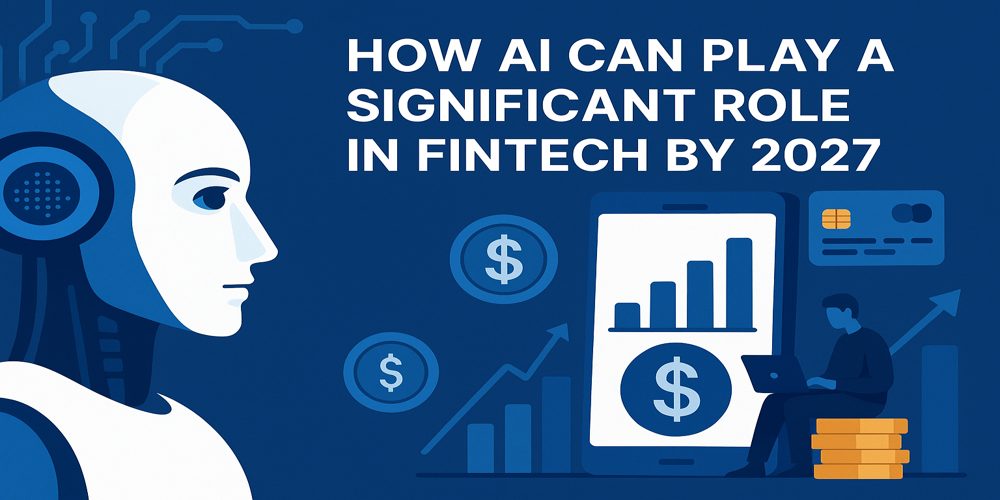What are the Benefits of Marketing Financial Products Directly?

Financial institutions need an effective marketing approach to reach their target audience affordably and efficiently. Banks and NBFCs must apply direct marketing strategies as they sell financial products. People are naturally more cautious and skeptical about investing in a home loan or buying a credit card. So, direct marketing approaches like calling or emailing prospects to tell them about the newest launches and available loan products establish a personal connection.
Benefits of marketing financial products directly
Lending institutions worldwide are calling, emailing, texting, and using every possible channel to promote their products. Here’s a quick look into the benefits of marketing financial products directly.
Direct marketing is a highly targeted and personalized approach
If lenders have clarity on the kind of audience who will benefit the most from their loan products and use effective marketing channels to reach them, they will have a higher conversion rate. A financial institution can deliver its sales pitches through email, call, or text. The messaging tone, an effective call-to-action, and inserting the recipient’s name and location to personalize the text will ensure that the recipient opens that email or SMS.
Sending messages to the widest pool is a terrible choice, for they will end up annoying the larger group of people. Although direct marketing happens on a massive scale, it will only yield productive results when lending institutions reach out to a targeted list of individuals, like new homeowners, or retirees, who may be interested in their services.
Direct marketing of financial products uses compelling CTAs
It is quite difficult to persuade prospects to give financial products a try without any face-to-face interaction, for naturally, people are more cautious about investing their hard-earned money. A short but succinct call-to-action will increase their conversion rate manifold, for it is not enough to just inform prospects of the benefits of investing in their loan schemes. A compelling CTA will direct the recipients to take the next step, like calling the bank or applying for a loan. If a bank or NBFC sends out an effective sales pitch but forgets to include an effective call-to-action, it will amount to nothing.
Direct marketing provides added value to their prospects
Email marketing and text campaigns are effective ways to offer valuable tips and establish oneself as a thought leader in their niche. The more tips and advice an institution can offer for free, the more individuals will be inclined to browse their array of products in search of more.
The tone of an email or the contents of an SMS sets the unique ‘voice’ of a financial institution. If lenders can convey that they care about their prospects’ finances and that their products will alleviate their financial concerns over text or email, it will increase their authenticity. Also, if they can break down complex financial jargon and offer valuable tips straight to their target audience’s inbox, it will yield higher conversions.
Creating content is one of the newest ways of providing value and establishing a personal connection with one’s audience. Banks and NBFCs can educate the public about good money management practices and promote their products at the same time on a blog or social media platform.
Direct marketing helps sustain long-term relationships
Emails and texts facilitate a long-term healthy channel of communication with customers. If a prospect receives emails with valuable tips from a financial institution for a long time, they will be naturally inclined to reach out to that bank or NBFC if they need their services. Since they have been receiving tips and advice that benefits them for a long while, they will be more likely to trust that institution with their money.
Direct marketing of financial products is cost-effective in the long run
The most significant benefit of adopting direct marketing channels is that it is affordable and reliable. It is quite inexpensive for financial institutions to craft an email or text and send it to hundreds of people, who might be interested in their services. Almost everyone in this digital age has an email account and a phone, so it enables them to reach out to a large number of people.
Direct marketing is measurable and helps in decision-making
Direct marketing approaches are measurable and can be monitored easily to understand if it is yielding the correct results. Lending firms and banks can use analytical tools to check if email recipients have opened their emails, or if they have dropped off from a specific section of their blog. Banks and NBFCs can tweak their email content, or use a different strategy according to their findings.
Direct selling agents- the cornerstone of direct marketing
Direct selling and direct marketing approaches are different but complementary. In today’s world, organizations have to employ both techniques to reach a wider pool of people, who would be genuinely interested in buying their products. Direct selling is the process of individuals or parties selling or distributing goods in the name of their affiliated organization. And, direct marketing uses email, social media, mail, and texting campaigns.
Although organizations personalize their messages, it can be hard to establish a trustworthy connection without any face-to-face interaction. Lenders need to establish a direct channel of communication with their audience, for them to trust them and invest in their products. Since most lending firms do not have the manpower or time to provide one-on-one personal advice to each of their customers, direct-selling agents fill in the gap.
A direct selling agent (DSA) assists loan applicants and credit card buyers with their paperwork and offers financial advice. They are the first point of contact between a bank and its customers. Their one-on-one client interactions and personalized approaches make them trustworthy advocates of their lending institution to the outside world. DSA channel partners enable lending institutions to promote their services directly to the people who need them most, thus improving customer satisfaction in the long run.
To sum up
There’s a keen difference between direct marketing financial products through DSA agents and face-to-face selling. Direct selling agents are not door-to-door salesmen. They will never turn up unannounced, or call their prospects at ungodly hours to coax them into buying a product. DSA channel partners possess detailed information about their lending institution’s schemes. They care about the financial well-being of their prospects and guide their clients to make informed decisions. DSA agents, especially from reputed firms like Andromeda Loans, will never mislead or recommend fraudulent schemes to their clients.








